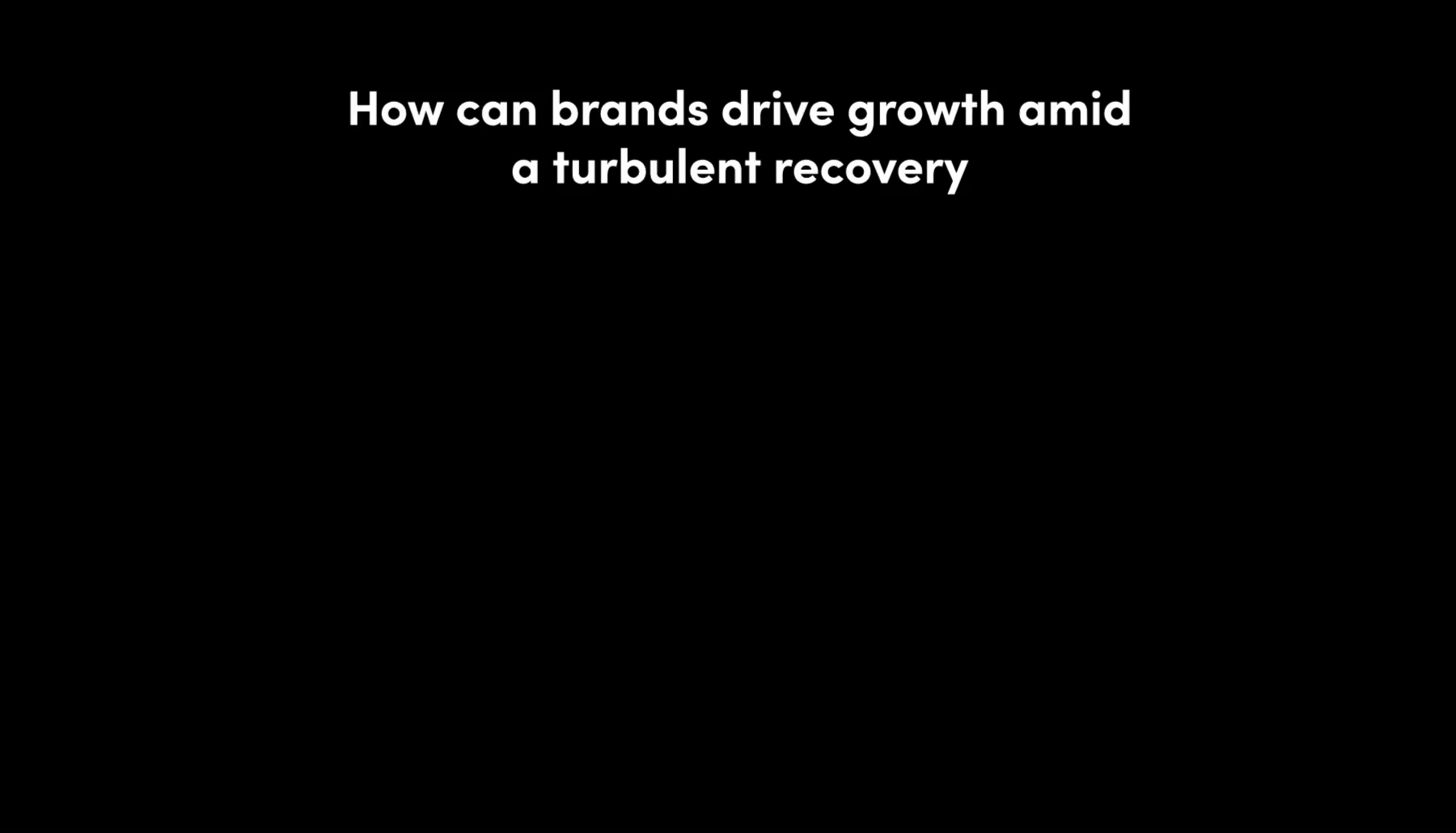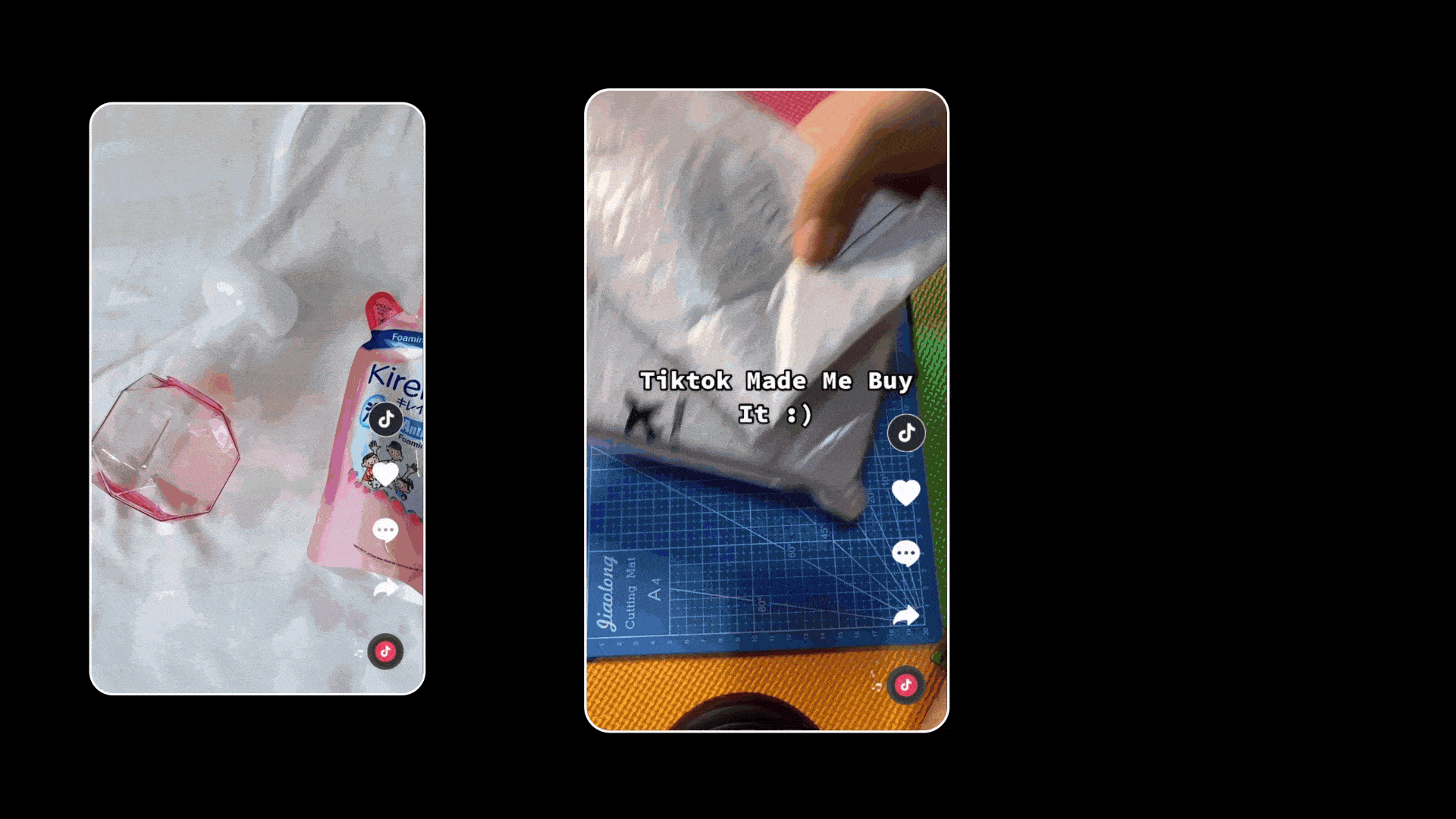How To's
Weathering Turbulent Times in 2023

Consumers and brands are navigating an uncertain environment
In today's complex macroenvironment, consumers and brands are equally uncertain in their outlook. Taking a quick look at what consumers are sharing on TikTok, we can see that videos about the rising costs of daily goods are attracting more views. For example, posts with the #inflation hashtag have attracted 3.2 billion views to date.
Meanwhile, consumers are becoming increasingly discerning in their purchasing decisions. Amid financial pressures such as inflation, as well as the rising fear of a recession, consumer choices are fundamentally changing. Households are having to make tough decisions on how to spend their budget. As a result, the average shopping basket is shrinking, and consumers are focusing more on overall value than simply finding the lowest-possible price.
And pressure is rising for marketers as well. In fact, marketers are expecting media costs to rise by up to 200%¹, as they have to work harder to achieve the same results as before.
How can brands drive growth amid a turbulent recovery?
The knee-jerk reaction is to shift marketing budget away from brand building and toward promotional sales. The idea is to keep the business healthy and maintain momentum while times are tough, ready for brighter days later on. But actually the opposite is true. Brands that keep a long-term mindset, are better placed once the market recovers. Here's three factors to keep in mind as the world finds its way through turbulent times:

1. Invest your marketing budget where it matters
Historically, companies who have continued investing and advertising during recessions or down markets have soared. For example, in the US recession of 1980, companies that continued to invest in advertising saw 256% growth². As for the 2008 global recession, companies who continued to invest in marketing achieved 17% compound growth³.
There's an ideal balance to be found "between short-term and long-term focus," according to Rajeev Bala, Vice President of Internet Marketing at Tokopedia. During a roundtable discussion hosted by TikTok and The Drum, he said his biggest takeaway was "the realization that brands have to focus on building the brand as opposed to investing in pure performance marketing."⁴
While marketers continue to invest in marketing activities during tougher market conditions, they will face higher pressure to prove their return on investment. That also puts additional pressure on deciding the optimal media mix. As such, make sure your media dollars are going where it matters. On TikTok, brands can reach over one billion people globally, with Kantar data placing TikTok as one of the top preferred channels among consumers.⁵
2. Build a strong community and consumer base with consistent engagement
As you shift your perspective toward the longer-term impact, consider growing your reach steadily as well. When faced with fewer customers and sales during market uncertainty, it's important to continue engaging your most loyal customers, while also making your brand known among a wider potential customer base. In this way, you can maintain a brand presence in the minds of a wider audience base, who will eventually purchase from your brand when the market comes back around.
We recommend reaching more consumers by investing in channels where your potential customers are spending their time. Kantar Media Reactions 2022 report found that TikTok topped the list, where 78% of marketers in Asia Pacific intend to increase their budget allocations towards the platform in 2023, cementing its position as a primary digital channel.
For advertisers who are new to TikTok, a good place to start off will be TikTok's in-feed ads, which can be optimized for different objectives including reach. Brands can also make use of our Reach & Frequency feature to boost ad recall, helping to build and sustain a wider audience over a longer time period.
3. Be on the platform where consumers remain engaged and eager to buy
Despite tightening wallets, consumers remain eager to buy on TikTok. One in three users purchased a product upon seeing it on TikTok in the past year, according to a TikTok-commissioned study. That's because TikTok is consumers' go-to platform to seek out entertainment and to lift their spirits⁶. When users are entertained, they are more likely to consider the brands or products that they discover in the process.
In fact, as we enter into the Age of Content, there is an ongoing shift from "people searching for products" to "products searching for people". People are increasingly discovering products they had never heard of before, and realizing they needed them all along.
As users browse through their For You Page on TikTok, they discover diverse yet relevant content in an immersive full-screen, sound-on format. This includes videos showcasing different products of interest to drive purchase intent. That's how the TikTok community comes across products they had never considered before, in a way that delights them and inspires joy.
Even as users post videos on the topic of inflation, they also continue to celebrate and post about their purchases with their wider community. Case in point, the hashtag #TikTokMadeMeBuyIt has attracted 33.3 billion video views globally to date. And with the platform's strong engagement, TikTok helps brands stretch their marketing dollars with 1.6x higher return on ad spend than other platforms⁷.

As brands show up on TikTok, it is crucial to deliver content that drives action. One way would be tapping into consumers' emotional demand spaces by sharing advice, as well as building FOMO through inspiration and indulgence. According to TikTok x BCG's Future of Commerce 2022 report, 40% of gross merchandise value (GMV) from e-commerce was driven by emotional demand spaces, an area that brands can potentially explore.
Heading into an uncertain 2023, remember to focus on the long-term
As we enter into a new year shrouded in uncertainties, it will be key for brands to focus on the long-term to remain competitive. Also remember to stay flexible and attuned to consumers' changing needs, as their purchasing behavior shifts. Brands that avoid the knee-jerk reaction to over-rely on short-term promotions will set themselves up for long-term competitiveness, once the market comes back around.
Stay tuned for Part Two of this series. Next, we'll be discussing how to maximize our platform's potential for maintaining media efficiency while driving long-term growth.
Sources
¹ IAB State of Data 2022 (Part I): The Measurement Dilemma
² McGraw-Hill Research, 1986
³ Beyond the Downturn: Recession Strategies to Take the Lead, Bain and Co, 2019
⁴ Marketing effectiveness in a changing world – how brands can thrive in 2023, The Drum, 2022
⁵ Kantar Media Reactions 2022: Which ad platforms do people prefer?
⁶ TikTok Marketing Science Global Authenticity Study, Nielsen
⁷ Nielsen Marketing Mix Modeling South East Asia, 2021
